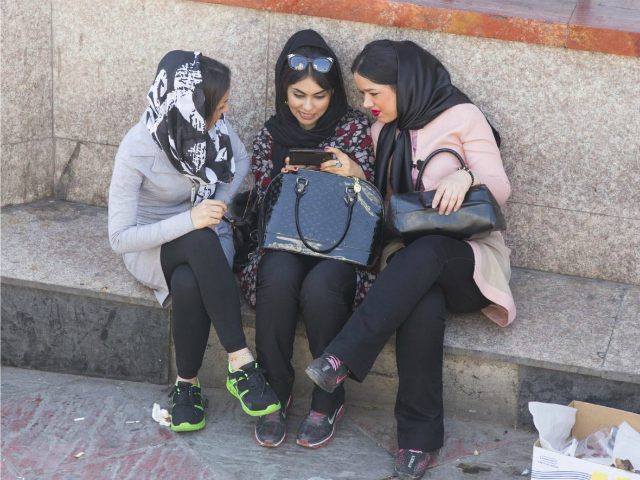WASHINGTON, D.C. — Iran’s judiciary has reportedly blocked Instagram Live and the voice calls feature from Telegram ahead of the country’s May 19 presidential elections.
The disabling of features in these two popular social media apps appears to be a power move by Iranian hardliners to control the outcome of the elections.
“Iran has blocked @Instagram Live feature 3weeks before elections, after shutting Telegram calls: media. I can confirm mine isn’t working,” Tehran-based AFP journalist Alan Noorani tweeted:
Telegram CEO Pavel Durov reportedly confirmed that the Iranian government blocked voice calls from his app.
“Telegram didn’t block voice calls in your country, your providers/authorities did that,” Durov said in response to tweets from concerned Telegram users, according to Iran Wire. “In Iran, where Telegram has some 40 million active users, Telegram voice calls have been completely blocked by the country’s internet providers and mobile operators following an order from the judiciary,” Durov reportedly wrote on his official channel.
The app’s voice feature was blocked on April 17.
Iranian Telecommunications Minister Mahmoud Vaezi also confirmed this. He told Shargh newspaper, “We gave the authorization for the establishment of Telegram’s voice call service on Friday … but it was blocked by a judicial order.”
According to the Center for Human Rights in Iran (CHRI), Tehran blocked Instagram’s live video feature on April 27, mere weeks before the country’s May 19 presidential election. Just ten days earlier, CHRI reported that “Iran’s conservative judiciary also blocked the newly introduced Voice Calls feature of the Telegram messaging network, which claims to have 40 million active Iranian subscribers in Iran, deeming it a threat to national security.”
Ironically, President Hassan Rouhani, Iran’s Foreign Minister Javad Zarif, former President Mahmoud Ahmadinejad, and even Supreme Leader Ayatollah Khamenei have active profiles on Twitter, Facebook, and Instagram, which they use to acquire global reach.
This past January, CHRI reported that Reza Salehi Amiri, Iran’s minister of Culture and Islamic Guidance, said Iran blocked “160,000+ ‘indecent’ social media pages to ‘protect’ youth, 27 million of which use social media.”
On May 19, Iranian voters must decide between voting for incumbent President Hassan Rouhani and five other candidates who have been “approved” by Iran’s Guardian Council, a group of jurists and clerics that vets all candidates. Former President Mahmoud Ahmadinejad had entered his name in the race in a surprise move. However, he was disqualified from running by the Guardian Council.
Aside from incumbent presidential candidate Rouhani, his first deputy Eshagh Jahangiri and politician Mostafa Hashemi-Taba are the candidates of the so-called “Reformist-moderate” camp. Supreme Leader Ayatollah Khamenei’s close ally Ebrahim Raisi, Tehran Mayor Mohammad Bagher Ghalibaf, and former Minister of Islamic Guidance and Culture Mostafa Mirsalim are running as more conservative or “hardline” candidates.
Not one female candidate was approved to run in the election.

COMMENTS
Please let us know if you're having issues with commenting.